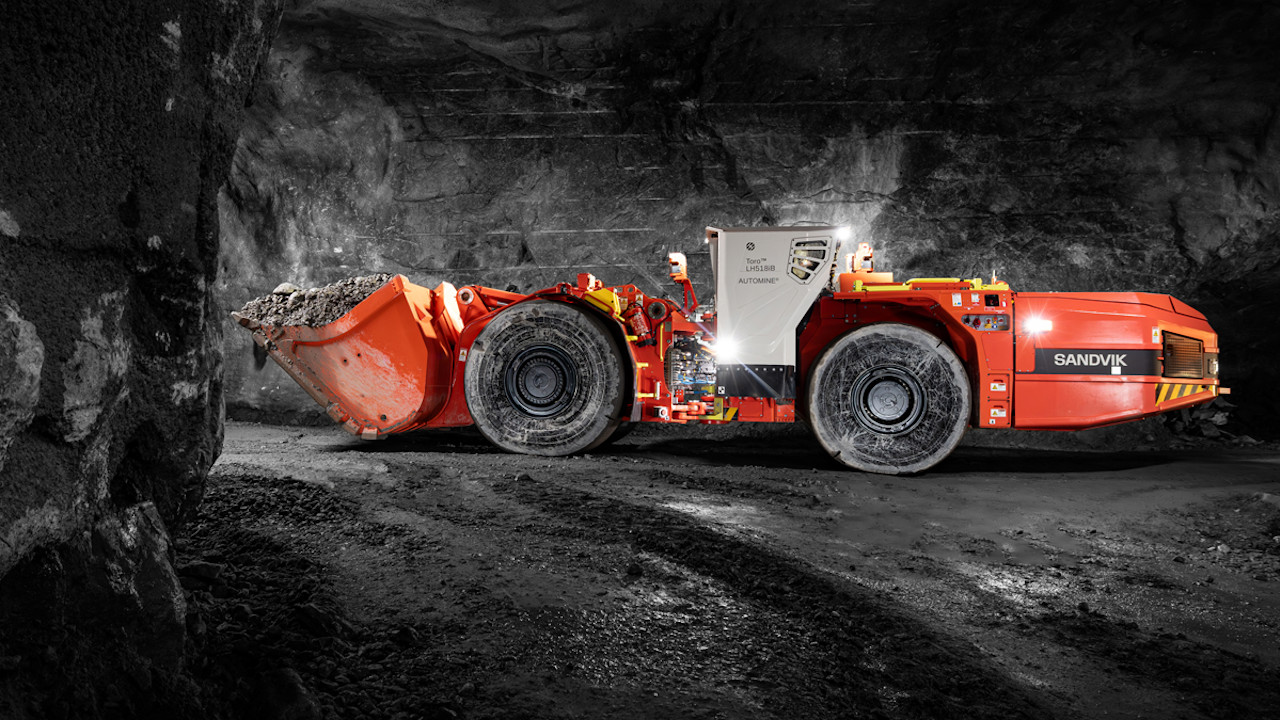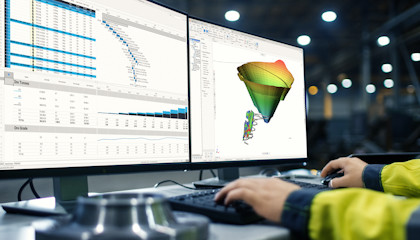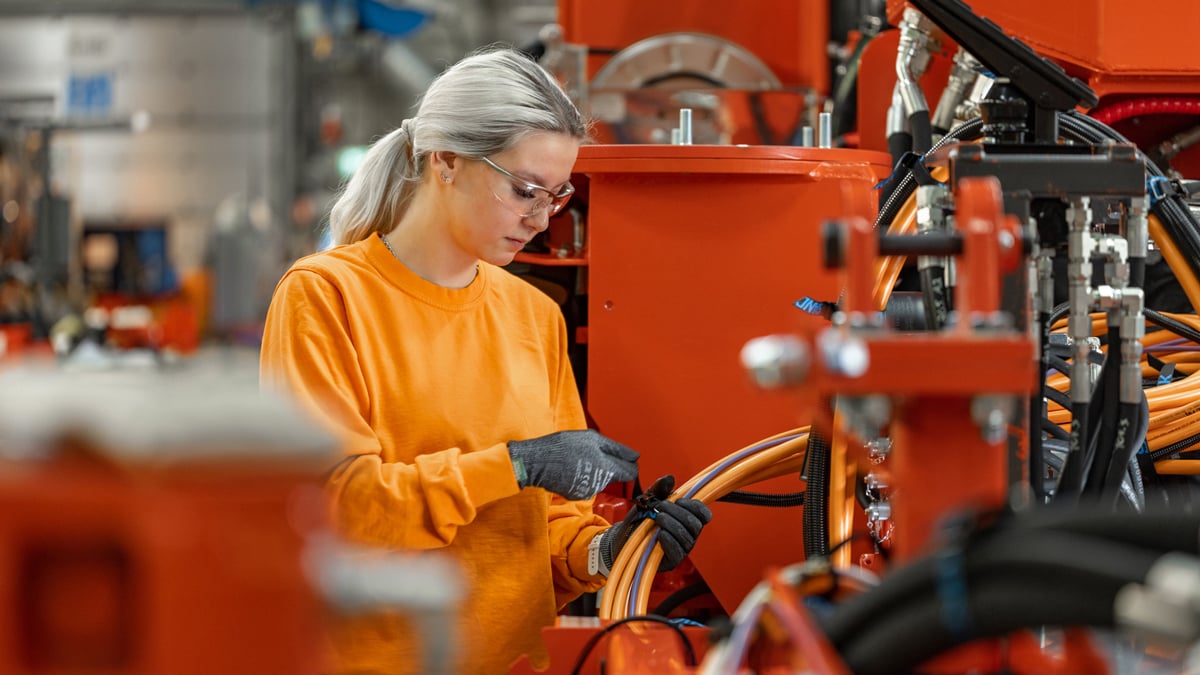
Why a future without mining isn't the future
At least 90 percent of every electric car begins in a mine. The batteries. The chassis. The copper that carries every current. Without mining, the shift to electric simply cannot exist.
This is why we created eNimon, the no mine car. To show what our future world without mining would look like.

Minerals such as copper, lithium, nickel, and cobalt are essential components in today’s rapidly growing clean energy technologies, from wind turbines and solar panels to electric vehicles. To meet the demand for critical raw materials, mining activities worldwide need to increase by as much as 15 to 20 times.
The International Energy Agency (IEA) forecasts that the global need for critical minerals will triple by 2030 and quadruple by 2040 to meet the needs of the energy transition towards net-zero emissions. To meet the Paris Agreement goals, more than three billion tons of energy transition minerals and metals are needed to deploy wind, solar and energy storage.
Mining for the green transition
The skyrocketing demand for electrification metals requires intelligent mining. Sandvik delivers technologies that help the world reach net zero. “There wouldn’t be a green transition without mining. We want to electrify the world because it makes the world more sustainable”, says Mining President Mats Eriksson.
The modern underground mine is invisible, autonomous, electrified, digitalized and optimizes itself in real time with continuous data collection. Automated battery-electric vehicles and software remove the need for people underground, and it is on a completely different level compared to just ten years ago in terms of technology.
How to mine smart and efficiently
Digital mining supports increased extraction of the metals required for the green transition. It removes the lid of a mine to provide an overview in real time of what’s going on down there, which makes it possible to optimize the entire process from start to end.
Digital tools and autonomous mining also lead to a safer workplace. They make it possible to go deeper and operate in hazardous environments without exposing humans and you have the ability to install collision avoidance systems.
Making the most of scarce assets
Demand for critical minerals is soaring, but enrollment in mining studies is declining and young people are hesitant to join the sector. A new global research from Sandvik show that only half of engineering students view the mining industry favorably but more than 90 percent would consider a career in mining if they understood its role in the green transition. So the mining industry needs to prove its sustainability credentials and increase the awareness of how it contributes to the green transition.
Who will do the work?